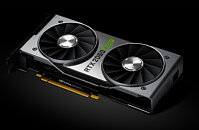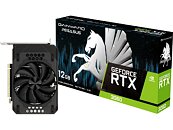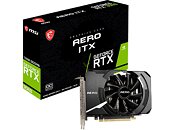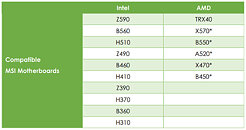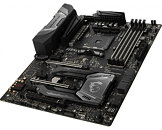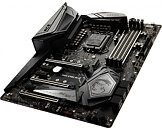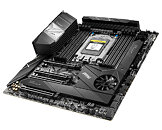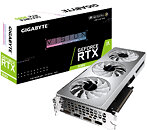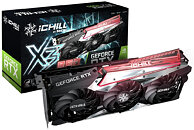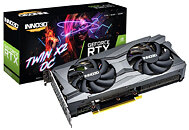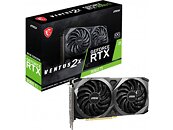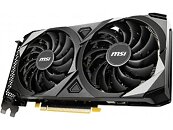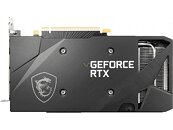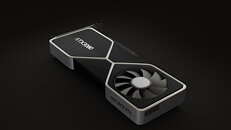Graphics Card Prices Could Soar Amid Increasing Memory Prices
The prices of graphics cards have been perhaps the most controversial topic among PC enthusiasts lately. High demand and low supply of the latest generation GPUs have lead to the massive price increase over MSRP. Graphics card makers, AMD and NVIDIA, have already announced that this situation is not going to get better until March ends. However, there seems to be another possible issue appearing slowly on the horizon. According to the Chinese website MyDrivers, the prices of graphics cards are expected to increase thanks to the increasing prices of memory used in them, presumably including both the slower GDDR6 and the faster GDDR6X memory.
The source claims that the new memory price increase is going to take place after February 12th, when Chinese New Year ends. As both the NVIDIA GeForce RTX 3000 series Ampere generation and AMD Radeon 6000 series generation use GDDR6X and GDDR6 respectively, that means that the increased prices of these memory types could increase the MSRP, which is already above its original intent.
The source claims that the new memory price increase is going to take place after February 12th, when Chinese New Year ends. As both the NVIDIA GeForce RTX 3000 series Ampere generation and AMD Radeon 6000 series generation use GDDR6X and GDDR6 respectively, that means that the increased prices of these memory types could increase the MSRP, which is already above its original intent.





